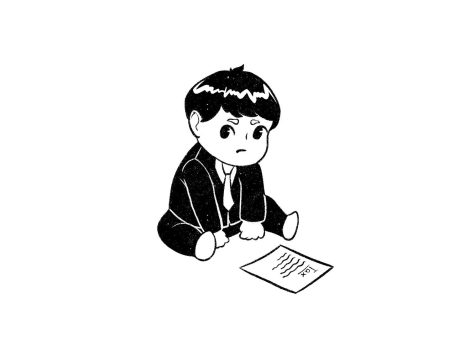The Sustainability of “American” Independence
 It is an unspoken rule for recent high school graduates to leave the nest and begin living independently. It just makes sense; as teenagers, we crave space and privacy. As legal adults, educational and career advancement opportunities often lead us across the country. But regardless of whatever reason, this “rule” is arguably more cultural than circumstance-based.
It is an unspoken rule for recent high school graduates to leave the nest and begin living independently. It just makes sense; as teenagers, we crave space and privacy. As legal adults, educational and career advancement opportunities often lead us across the country. But regardless of whatever reason, this “rule” is arguably more cultural than circumstance-based.
Historically speaking, America has always valued liberty. In the late 19th century, for instance, the works of Horatio Alger popularized the idea of the “self-made man,” wherein hard work alone could get one anywhere despite the rampant poverty and corruption marring the age. Later on, the 1900s gave rise to a nationalistic fever. The altruistic cause of preserving democracy throughout the world captured the people’s hearts and minds. Although this idealism was only a part of why the States joined the Allied cause, the concept of “self-determination” became a core value of Americanism and remains so today. Finally, the “American Dream” is another. Although teenagers nowadays would dismiss it as a farce, there is no denying that it had a profound influence on the nation for so long.
The point is, we like our independence. At some point in our childhoods, most of us romanticized the idea of taking it out on the world: becoming pilots, writers, or doctors. I suppose that is why most graduates are eager to move out and why parents encourage it. However, is it reasonable to continue this trend in our current socioeconomic atmosphere?
According to Pew Research Center, a Washington-based non-partisan think tank, “Americans owed about $1.5 trillion in student loans at the end of March 2019, more than two times what they owed a decade earlier.” This growth can be attributed to increased college attendance and rising tuition costs. Over the years, higher education has become almost a requirement for a stable job, whereas once, a high school diploma could have granted you the same. America Pinyero, ’22, acknowledges the “need to be qualified.” But as a student who “barely started working,” it can be challenging to meet the new standards, especially with the additional burden of debt.
Gerard Alpas, ’23, also brings up an important point: “I worry about our [newly] employed demographic” when “we’ve been in quarantine for three years.” A valid concern is that prolonged isolation can demotivate most people, and admittedly, even lead to complacency. This does not bode well for teenagers getting ready for the real world. To what extent is our generation equipped for complete independence?
That is not to say it is not possible to become self-sufficient at a young age. There are many options available, such as splitting up rent costs between friends or applying for federal loans to afford tuition.
Interestingly, most eastern countries such as China, Pakistan, Taiwan, and the Philippines, traditionally have children residing with their parents as adults. It is uncommon to see young adults living on their own unless they have a partner. But multigenerational households are not about free room and board. It is about the support strong familial bonds offer. Kaylee Hammer, ’23, is hesitant to move out herself because of this. “Moving to a place…where you’re completely alone; it’s rough,” to say the least.
Nevertheless, we should not disregard the value of independence. Letting teenagers live on their own develops personal responsibility, and ultimately allows them to grow into their own person. However, it is just as important for them to know that they have someone to fall back on when things get tough.
Your donation will support the student journalists of Glenbard North High School. Your contribution will allow us to pay for training sessions and cover our annual website hosting costs.
Dianne Jimenez is a senior at Glenbard North and an editor for the North Current. She enjoys reading, writing, and painting, and plans to pursue law after...


